The Republic of Ireland U17 European Championship squad made national headlines recently when they controversially exited the tournament on penalties at the hands of the Netherlands. The performance of the squad raises hope for the future and is no doubt down to a combination of dedication, effort and skill on the part of the players, and excellence in coaching and tactics.
Another factor at play might be a relative age effect. The concept, which is now well understood, suggests relatively older children, assembly collectively under a selection year, will outperform their younger peers.
To have been eligible to compete in the 2018 U17 European Championships, all players had to have been born on or after 1 January 2001. Indeed, the January 1 cut-off date is also used in Irish underage schoolboy competitions. Consequently, the Relative Age Effect (RAE) manifests itself, whereby players born closest to this cut-off date would tend to be physically more mature and co-ordinated when compared with players born later in the year. They are also likely to be both cognitively and psychologically more developed. Ultimately, this results in these players then getting chosen for representative squads at an earlier age where they are exposed to better coaching, better opposition and greater opportunities to progress within the game.
The chart below shows that of the 21 players selected in the Republic of Ireland squad for the 2018 UEFA U17 European Championships (Kian Clarke, who was originally selected but ruled out through injury, is also included).
The particularly interesting feature of this Irish U17 squad is that, although there were no players born in the final three months of 2001, there were two players born in the first three months of 2002 - both of whom started all four games at the tournament (Troy Parrott and Jimmy Corcoran). This accentuates the pervasiveness of RAE - these players, being two of the more physically developed within their 2002 age group, would have been more likely to have been exposed to elite coaching growing up when compared with those born in the final months of 2001.
Perhaps some food for thought for underage schoolboy soccer coaches.
Brian Cronin is a 3rd year student at University College Cork and has just completed an Erasmus Year in France as part of his BComm International (French) Degree. Brian represented the Republic of Ireland at U16 level and is now the goalkeeping coach to four Cork Schoolboys League Kennedy Cup teams, and has coached goalkeepers at regional Emerging Talent level as well as internationally, with the Irish Amputee Football team.
For more on Irish soccer and the relative age effect see here.
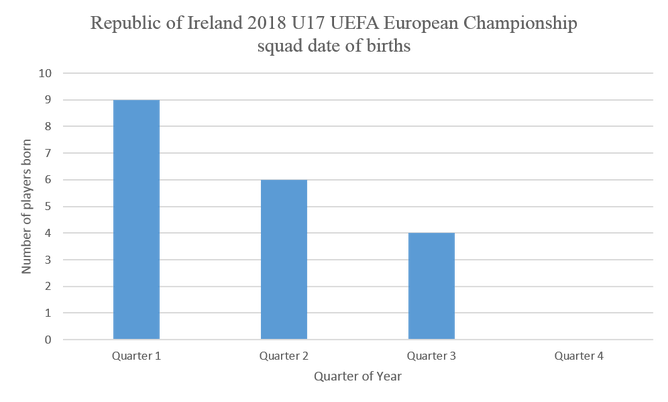
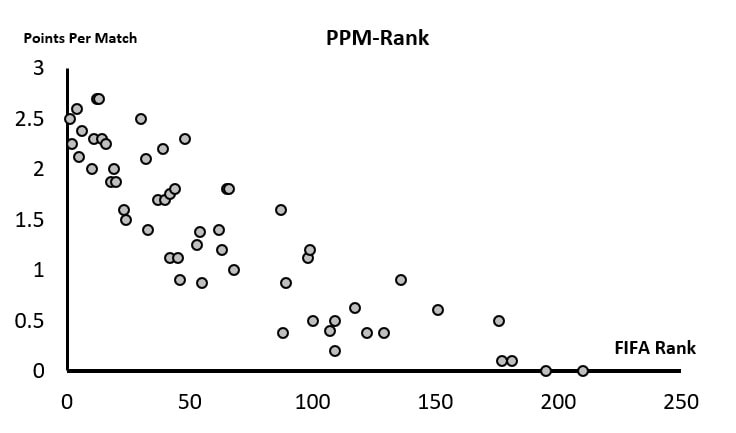
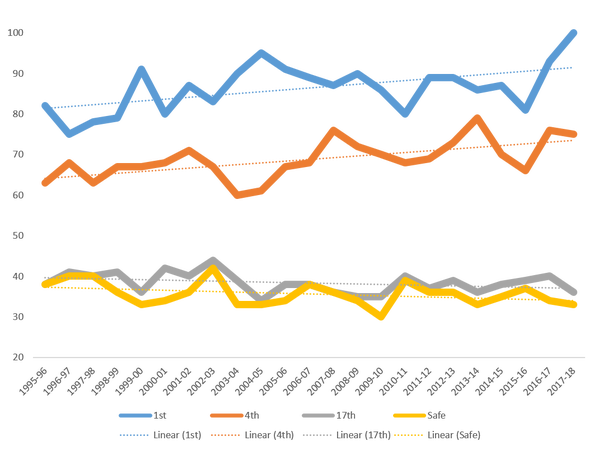

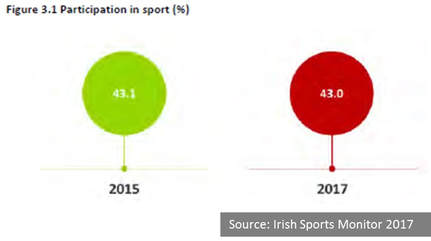
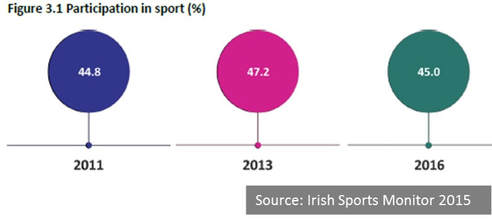

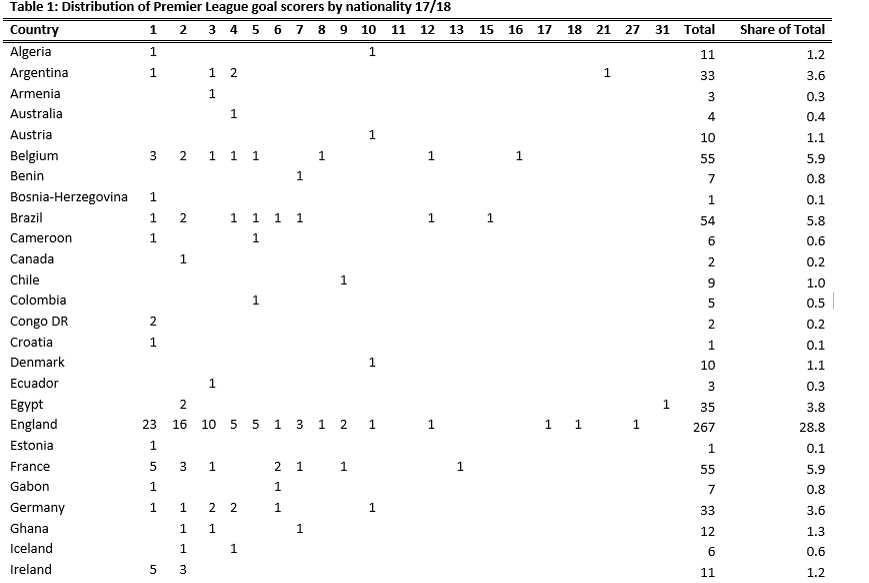
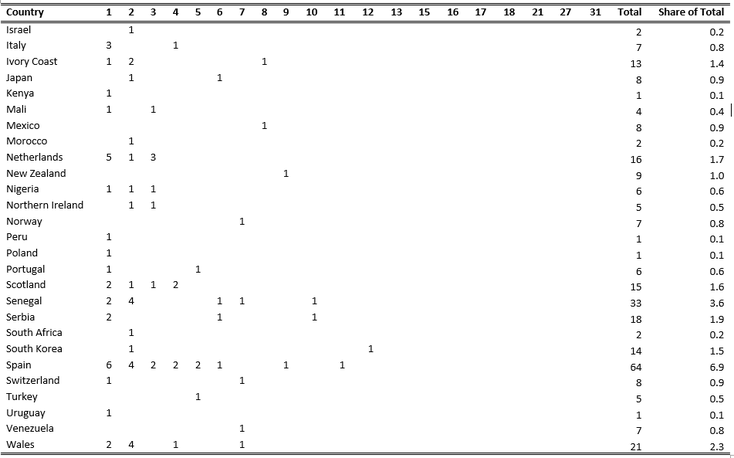
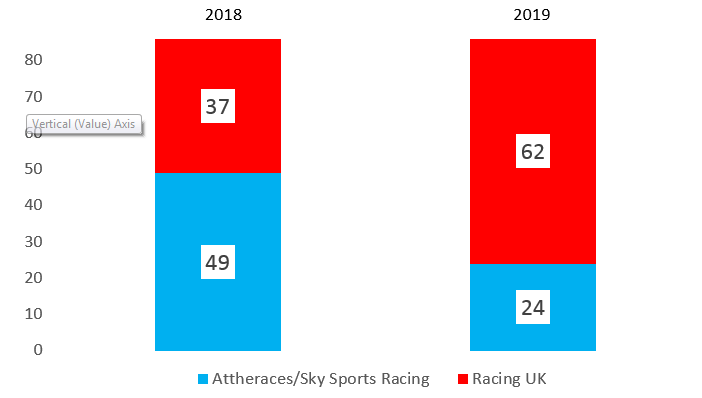
 RSS Feed
RSS Feed